SHARKS
15 Reasons Not to Fear Sharks
Published
9 months agoon
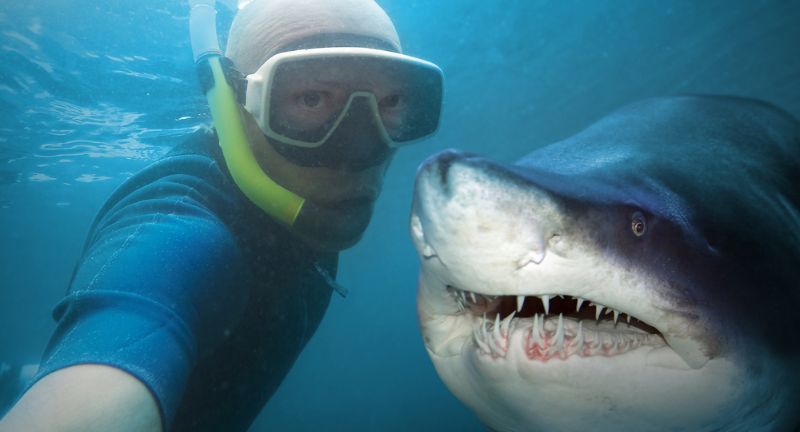
Shutterstock
Sharks have long been misunderstood creatures, often depicted as fearsome predators lurking in the depths of the ocean. However, there’s much more to these fascinating animals than meets the eye. With their ancient lineage, diverse species, and crucial role in marine ecosystems, sharks are both intriguing and essential. By exploring the many unique and lesser-known aspects of their biology and behavior, we can gain a deeper appreciation for these remarkable creatures. Here are 15 shark facts that highlight their amazing qualities and show they are not as scary as they might seem.
Ancient Creatures
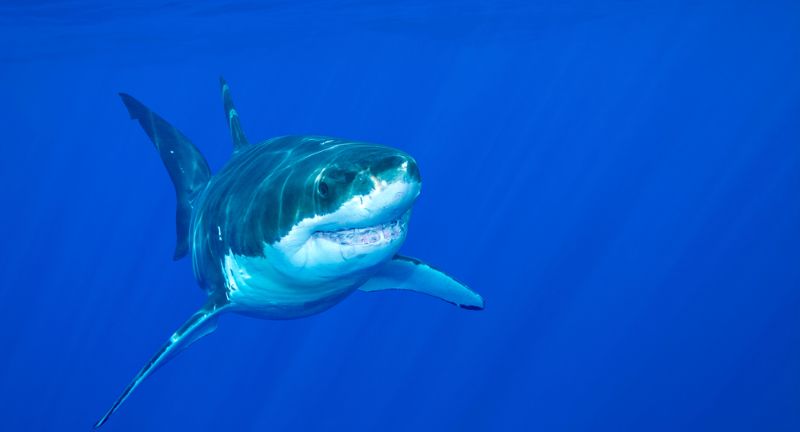
Shutterstock
Sharks have been around for over 400 million years, even before dinosaurs roamed the Earth. This ancient lineage makes them one of the oldest vertebrate groups on the planet. Their long history is a testament to their adaptability and resilience in various marine environments. Despite changes in the Earth’s climate and geography, sharks have survived and thrived through numerous mass extinctions.
Diverse Species
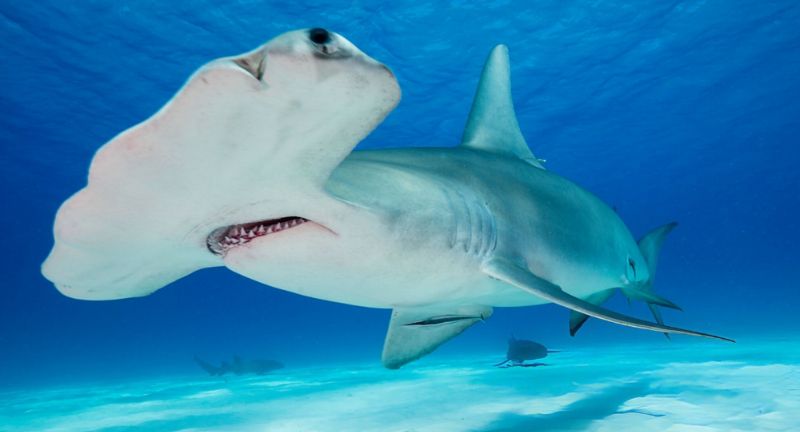
Shutterstock
There are over 500 species of sharks, ranging from the tiny dwarf lantern shark, which is only about 8 inches long, to the massive whale shark, which can reach lengths of 40 feet. This incredible diversity means that sharks come in many shapes, sizes, and behaviors. Each species has adapted to its specific environment, from the deep ocean to coastal waters. This variety showcases the adaptability and ecological importance of sharks in marine ecosystems.
Not All Dangerous
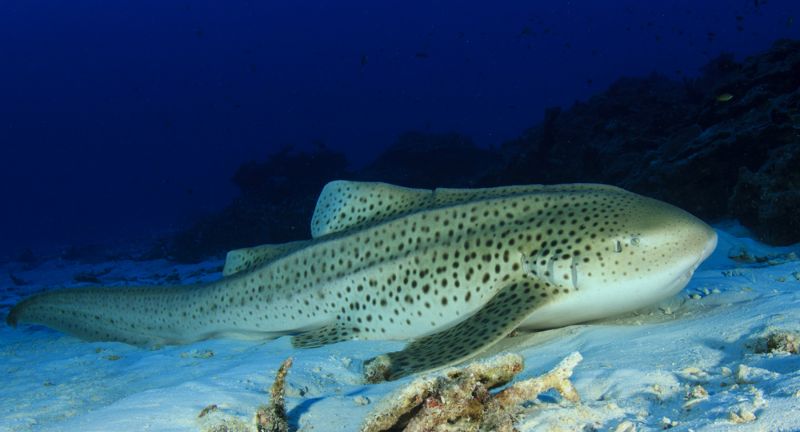
Shutterstock
Most sharks are harmless to humans. Only a few species, such as the great white, tiger, and bull sharks, are known to occasionally attack humans. These incidents are rare and often a case of mistaken identity, with sharks confusing humans for their usual prey. The vast majority of shark species pose no threat to people and are more interested in their natural food sources.
Whale Sharks
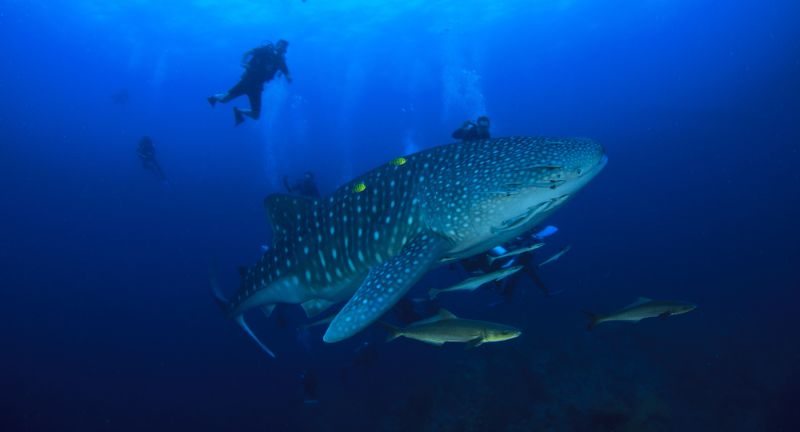
Shutterstock
The largest shark species, the whale shark, is a gentle giant that feeds primarily on plankton and small fish. Despite their enormous size, whale sharks are filter feeders, sifting tiny organisms from the water as they swim. They are known for their docile nature and are often seen swimming alongside divers. Whale sharks’ gentle behavior and preference for small prey make them a captivating and non-threatening species.
Human Attacks are Rare
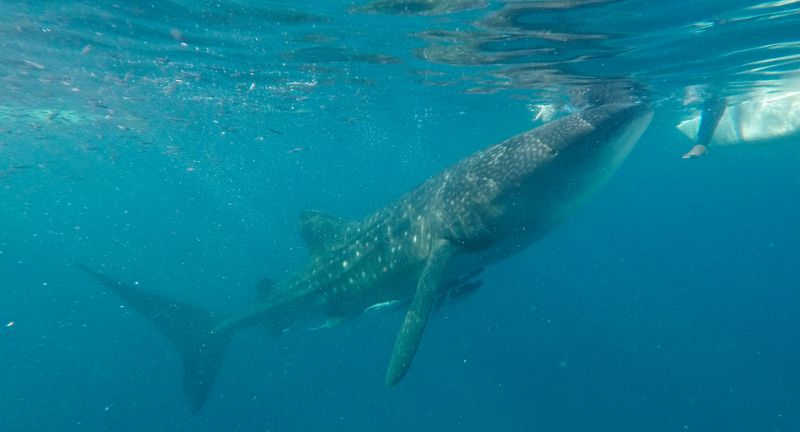
Shutterstock
The odds of being attacked by a shark are extremely low. You’re more likely to be struck by lightning than bitten by a shark. This statistic highlights how rare and unlikely shark attacks are, despite their portrayal in popular media. Understanding this helps reduce the irrational fear of sharks and promotes a more balanced view of these marine animals.
Shark Teeth
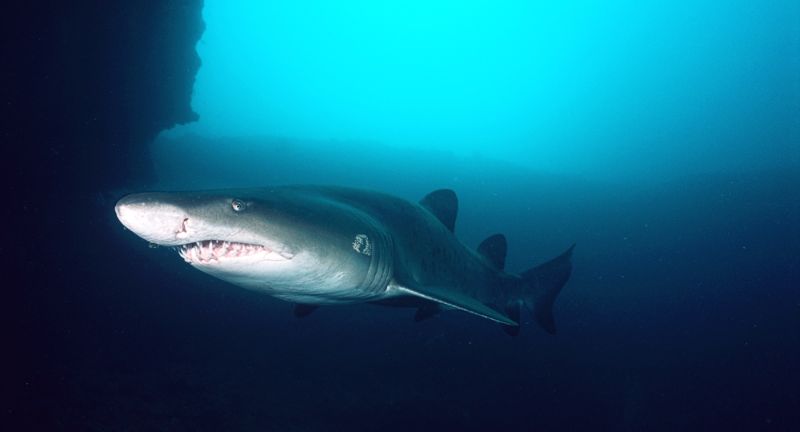
Shutterstock
Sharks continuously lose and replace their teeth throughout their lives, sometimes producing thousands of teeth over their lifetime. This adaptation ensures they always have sharp teeth for catching prey. Each species of shark has a unique tooth shape adapted to its diet, from the sharp, serrated teeth of a great white to the flat, crushing teeth of a nurse shark. This continuous tooth replacement is a fascinating aspect of shark biology.
Shark Conservation

Shutterstock
Many shark species are endangered due to overfishing and habitat destruction. Conservation efforts are crucial to their survival. Organizations around the world are working to protect sharks through measures like marine protected areas and sustainable fishing practices. Raising awareness about the importance of sharks to marine ecosystems is key to ensuring their continued existence.
Unique Senses
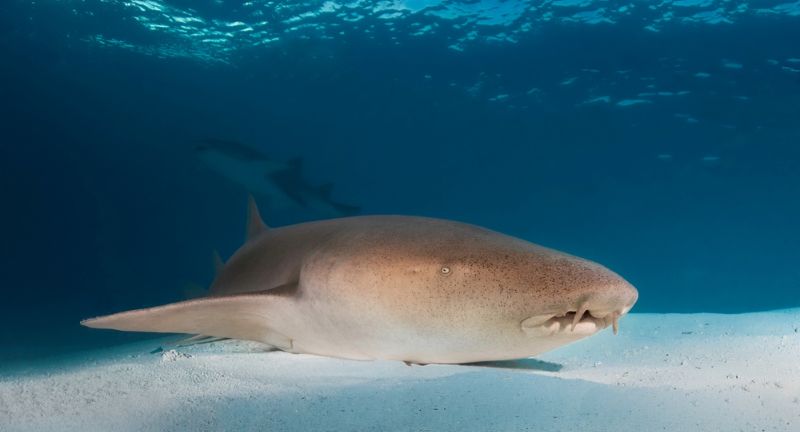
Shutterstock
Sharks have extraordinary senses, including the ability to detect electrical fields produced by other animals, which helps them locate prey. This sense, called electroreception, is facilitated by special organs known as ampullae of Lorenzini. Additionally, sharks have highly developed senses of smell and hearing, allowing them to detect prey from great distances. These advanced sensory capabilities make sharks highly effective hunters in their aquatic environments.
Important for Ecosystems

Shutterstock
Sharks play a vital role in maintaining the health of marine ecosystems by keeping fish populations in balance. As apex predators, they help regulate the species composition and population sizes of marine life. This balancing act prevents any single species from becoming too dominant and ensures biodiversity. Healthy shark populations are indicative of healthy ocean ecosystems, highlighting their ecological importance.
Sharks and Music
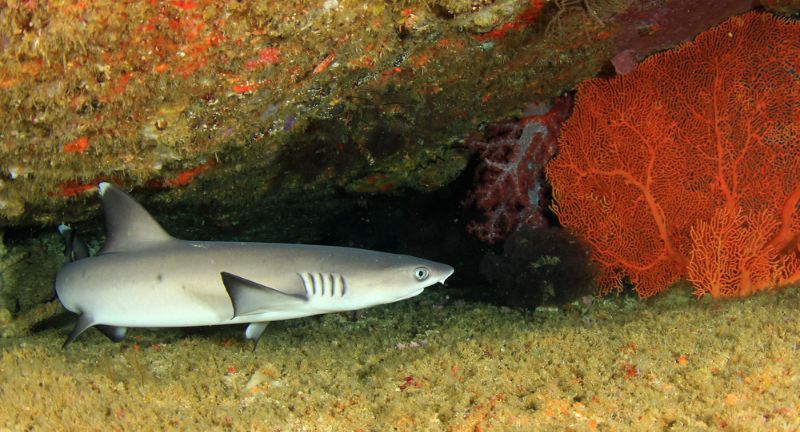
Shutterstock
Some studies suggest that sharks can respond to music, showing curiosity or calmness in response to certain rhythms. This finding reveals a surprising aspect of shark behavior and their ability to interact with their environment. Divers and researchers have observed sharks reacting to underwater soundscapes, indicating a complex sensory experience. This intriguing behavior adds a layer of depth to our understanding of sharks’ interaction with their surroundings.
Long Lifespan
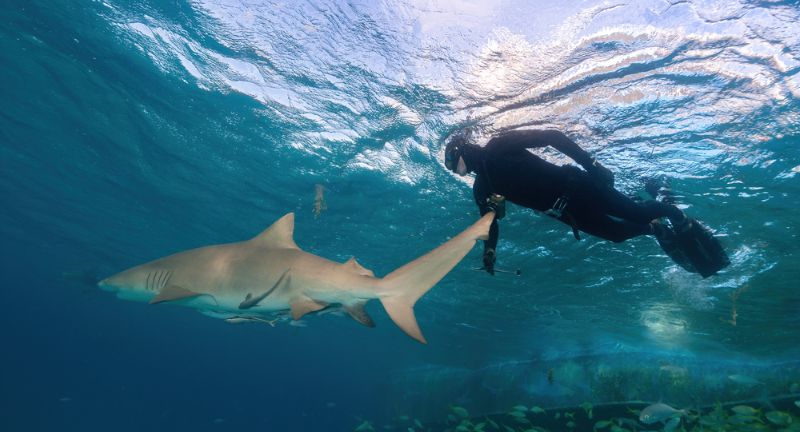
Shutterstock
Some shark species have impressively long lifespans. The Greenland shark, for instance, can live for over 400 years. This longevity makes them some of the longest-living vertebrates on Earth. Their slow growth and long lifespan also make them vulnerable to overfishing, as they take many years to reach reproductive maturity.
Sharkskin
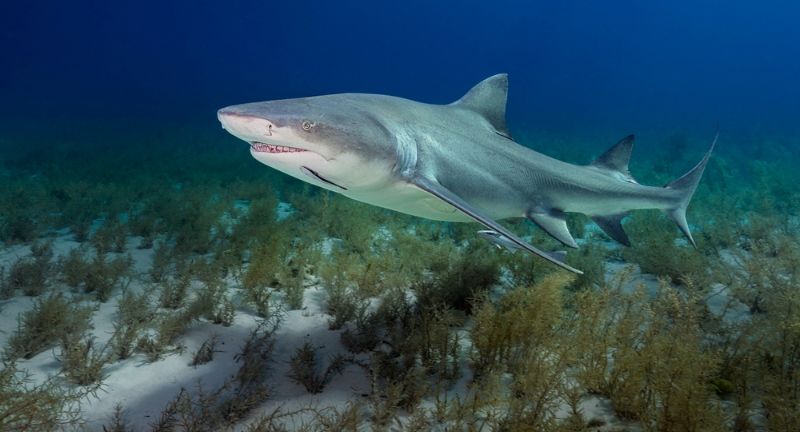
Shutterstock
Shark skin is covered in tiny tooth-like structures called dermal denticles, which reduce drag and allow them to swim efficiently. These denticles give shark skin a rough texture, similar to sandpaper. They also help protect sharks from parasites and injury. This unique adaptation highlights the evolutionary innovations that have made sharks such successful marine predators.
Social Creatures

Shutterstock
Contrary to their solitary image, some sharks are quite social and can be found swimming in schools or even forming loose groups. Social behaviors have been observed in species like the hammerhead and the gray reef shark. These social structures can be related to mating, hunting, or protection. This social aspect of their behavior adds a new dimension to our understanding of shark life.
Parthenogenesis

Shutterstock
Some female sharks can reproduce without males through a process called parthenogenesis, producing offspring from unfertilized eggs. This rare reproductive strategy has been observed in captivity and in the wild. It allows sharks to reproduce even when males are scarce. Parthenogenesis showcases the remarkable adaptability and resilience of sharks in ensuring the survival of their species.
Shark Tourism

Shutterstock
Shark diving and eco-tourism can help promote conservation efforts by educating people about sharks and their importance to the ocean. These activities provide economic incentives to protect shark habitats and reduce shark hunting. Interacting with sharks in a controlled environment can dispel myths and fears, fostering a greater appreciation for these animals. Eco-tourism initiatives highlight the value of living sharks to local economies and global biodiversity.
Conclusion

Shutterstock
Understanding sharks beyond their fearsome reputation reveals the incredible diversity and importance of these marine animals. They play a vital role in maintaining the balance of ocean ecosystems and offer fascinating insights into evolutionary biology. By appreciating their unique qualities and contributions, we can foster a more positive and informed perspective on sharks. This awareness is crucial for their conservation and the health of our oceans. Let’s continue to learn and share the wonders of these ancient and remarkable creatures.
ADVERTISEMENT - CONTINUE BELOW
About Amazing Animals+
Welcome to Amazing Animals+, a sanctuary online for animal lovers and enthusiasts around the globe. Our passion for the animal kingdom and its vast diversity fuels our mission to educate, inspire, and foster a deeper connection between humans and animals. From the majestic to the microscopic, our platform offers an extensive array of content that explores the wonders of animal life. Whether you're seeking insight on caring for your furry friend, looking to learn about wildlife conservation, or simply want to enjoy captivating stories and photographs of animals in their natural habitats, Amazing Animals+ is your gateway to the animal world. Join us in our journey to celebrate and protect our planet's incredible biodiversity.
ADVERTISEMENT
ADVERTISEMENT


ANIMALS4 days ago
24 Most Interesting Facts About The Amazon River
The Amazon River, a lifeline of the lush Amazon Rainforest, is a marvel of nature’s complexity and grandeur. Stretching across...


EXPLORE6 days ago
26 Of The Worlds Smallest Insects
In the vast and diverse world of insects, size can be deceiving. While we often notice the larger and more...


ANIMALS6 days ago
26 Intimidating Animals That Are Actually Big Softies
Many animals have a fierce appearance that can make them seem dangerous, but looks can be deceiving. Some creatures with...


ANIMALS2 weeks ago
25 Reasons Badgers Are Some of the Toughest Animals on Earth
Badgers are some of the most fascinating and resilient creatures in the animal kingdom. With their strong digging abilities, fearless...








